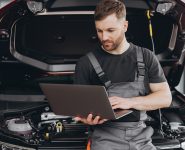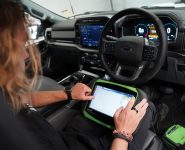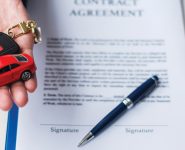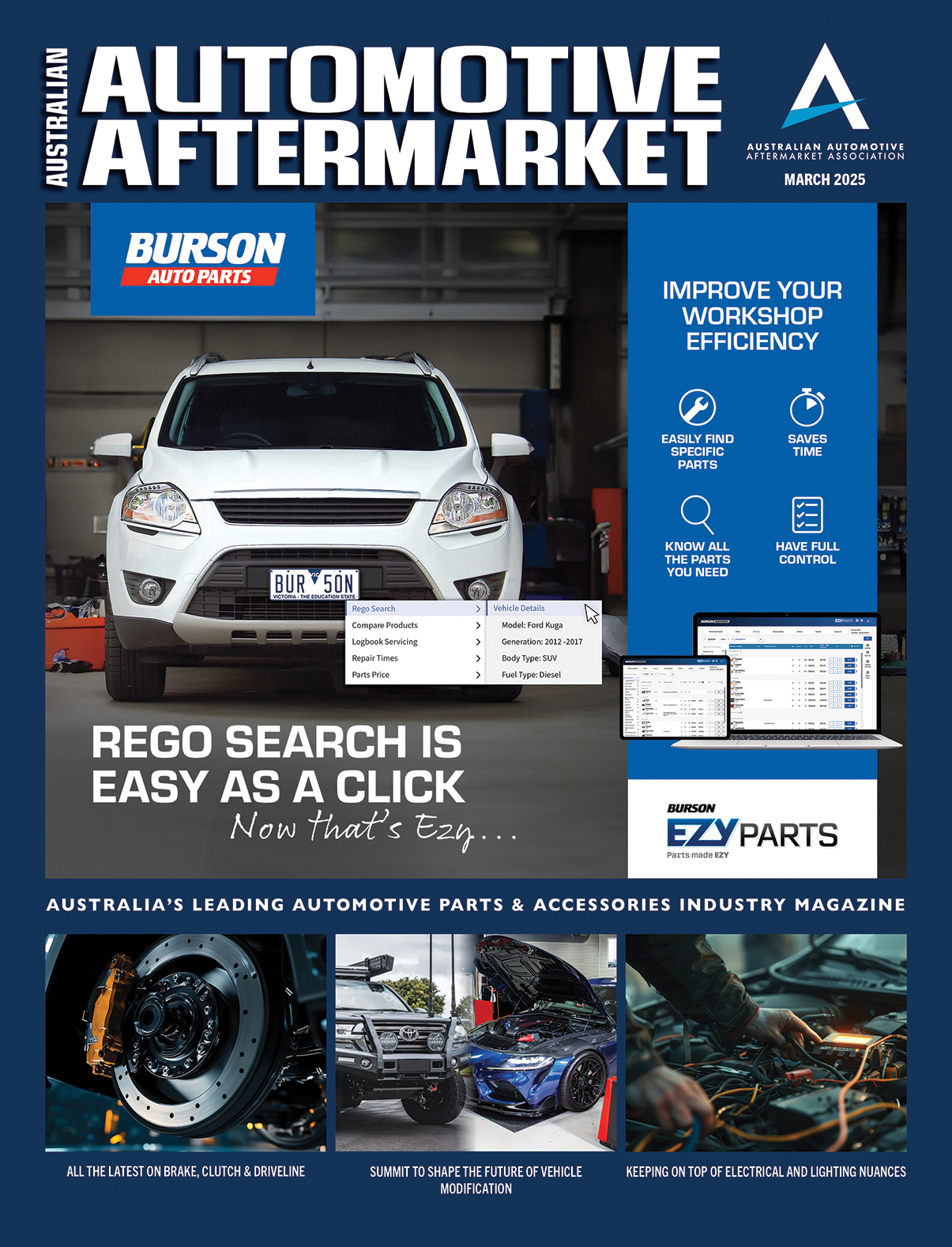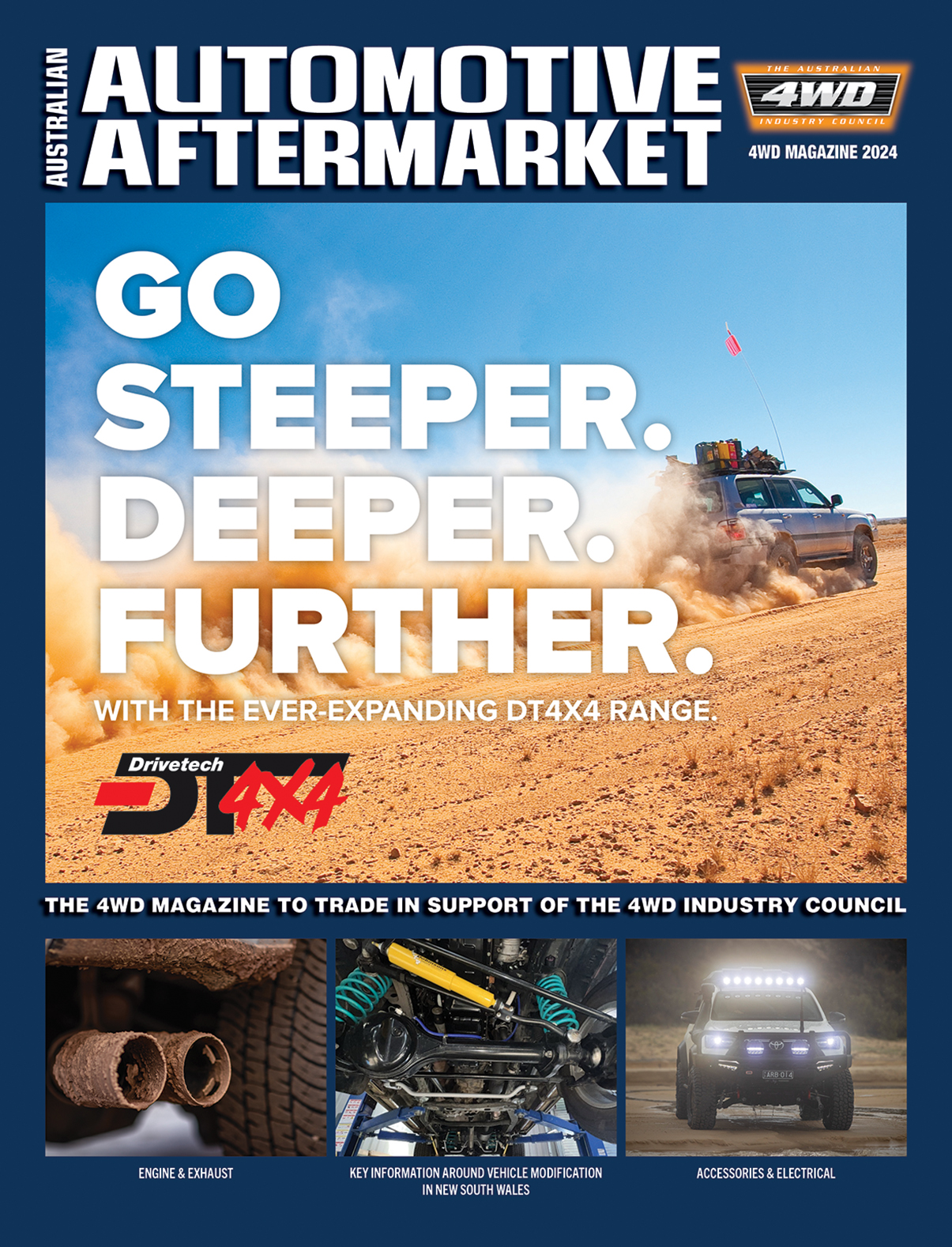LOCAL MECHANICS PIONEERING THE CLEAN ECONOMY
No one is more vital to a vehicle owner than their local mechanic, says the AAAA
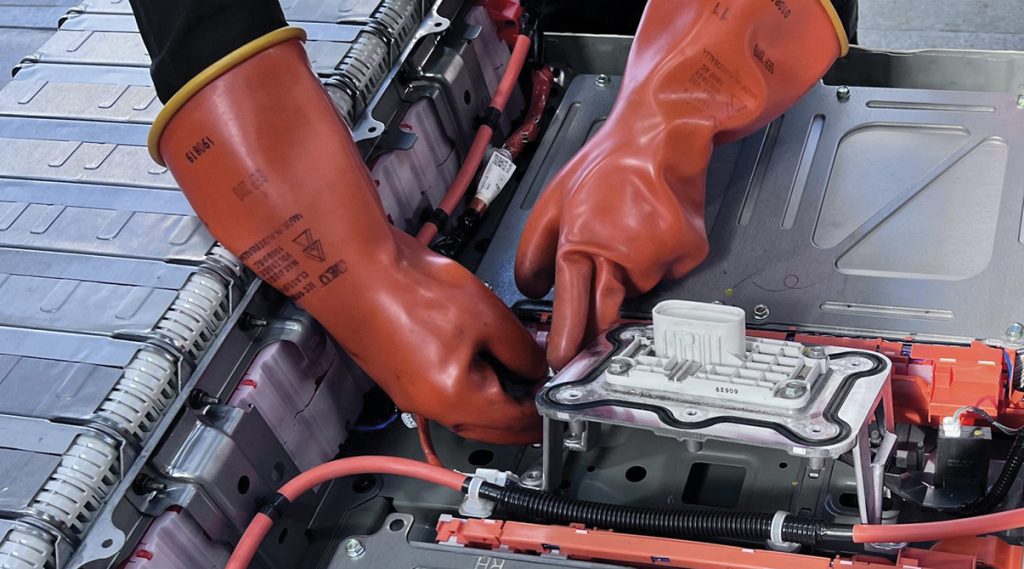
As Australia accelerates toward a clean energy future, the Australian Automotive Aftermarket Association (AAAA) says the spotlight must expand beyond wind turbine engineers and solar panel installers to include local mechanics, who are critical to supporting the growing fleet of hybrid and electric vehicles (EVs).
By 2030, the AAAA says projections indicate that over 3.4 million hybrid and EVs will be on Australian roads.
To meet this demand, Australia will require more than 21,000 EV technicians – over a quarter of the entire automotive technician workforce.
This demand stems from the anticipated service requirements for these vehicles, translating to approximately 5.98 million services annually, based on an average of 1.76 services per vehicle.
Recent government initiatives have highlighted the automotive aftermarket industry’s pivotal role in the clean economy.
New OSCA occupation codes have been introduced for emerging roles such as EV technicians and hydrogen energy specialists.
While these codes acknowledge workforce changes and document skill shortages, they do not address the immediate need for skilled technicians, says the AAAA.
The latest report from Jobs and Skills Australia underscores that EV technicians are among the most in-demand roles in the clean economy, reflecting the urgent challenges facing our industry.
Although efforts are underway to upskill workers, it is crucial for state governments to align with federal leadership to tackle these issues effectively.
“Earlier this year, AAAA contributed to an inquiry into the transition to electric vehicles,” AAAA Chief Executive Officer, Stuart Charity, said.
“During my appearance before the Parliamentary Inquiry, I emphasised that investment in EV infrastructure must encompass all services an EV owner requires – no one is more vital to a vehicle owner than their local mechanic.”
While federal efforts have made strides in addressing skill shortages, some state governments are considering the imposition of excessive mandatory training requirements. Proposals in NSW and WA suggest an additional two to three years of training for servicing EVs.
“These proposals are detrimental to our industry and perpetuate outdated stereotypes,” Stuart said.
“Our automotive technicians undergo extensive training to conduct diagnostics and repairs; suggesting they lack knowledge about EVs is absurd.”
The automotive industry urges the federal government to lead in harmonising skill requirements for the clean energy workforce. A fragmented skills landscape would harm consumers and hinder progress toward a sustainable future.
For more from the AAAA, visit www.aaaa.com.au
References:
https://cleanenergycouncil.org.au/working-in-clean-energy/careers-guide/clean-energy-careers-by-technology/electric-vehicle-careers
https://clepa.eu/mediaroom/circular-economy-and-sustainability-are-reshaping-the-automotive-aftermarket/
https://www.jobsandskills.gov.au/research/emerging-roles/net-zero/electric-vehicle-technician



